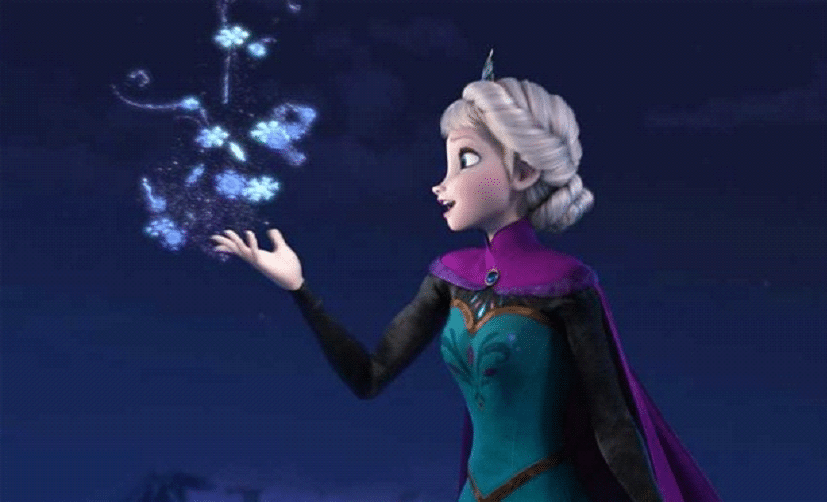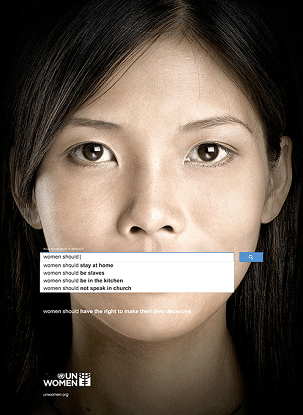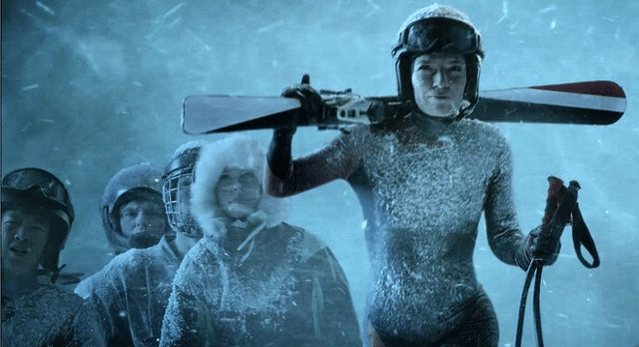There’s evidence that the public prefer media that isn’t gender biased, so why don’t marketers exploit this?
Set your mind back to the last ad you saw that portrayed a prominent female character; did this leave you feeling satisfied in that brand’s values?
Throughout media, from box office films to television advertisements, women are still portrayed in a stereotypical and sexist way, to the degree that we’ve become accustomed to it.
Step Out and Offer More
The Bechdel test of gender bias has been in the media a lot recently. It tests whether works of fiction feature at least two women who talk to each other about something other than a man.
Entertainment website Vocativ carried out a study of the 50 biggest box office films in America in 2013, and found that those few that did feature female characters brought in bigger revenues than those that didn’t.
Disney’s Frozen is one of the blockbuster films which passed the Bechdel test, and has won many awards. It’s the only one to have a female co-director.

So why haven’t more marketers picked up on the opportunity to enhance their brand against others by expressing gender equality in advertising and explainer videos?
A company’s brand identity resonates the values and social responsibilities that an organization holds dear, so it’s surprising how few are expressing equality of men and women in their marketing. It wouldn’t only help to improve our gender culture, but it could well increase business’s revenues—and marketers have nothing to lose from featuring a strong female character.
Changing Times
Sure, there are currently female “heroes” in advertising—look at the supermom in Asda’s 2012 Christmas advertisement or the seductress we see in so many perfume ads. But these typical characters don’t portray women as powerful.
That’s not to say that things haven’t changed, because they clearly have. We rarely see the meek housewife that was so prominently displayed in the 1950s; but then again, never before was there such overtly sexual representation of women as there is now.
We do of course have ads that show no sexism, but the notable factor is that gender bias remains widely present. And the problem extends a lot further.
A series of ads that were developed as a creative idea for UN Women by Memac Ogilvy & Mather Dubai, revealed how prevalent sexism and discrimination against women is. The ads were based on commonly searched terms in Google, dated March 9, 2013, and exposed views ranging from stereotyping to outright denial of women’s rights. Marketers can help to educate those that have such negative sentiments.

Are We Being Complacent?
So, have consumers—both men and women—come to accept that sexism will always be present in marketing? The profusion of complaints against that Asda supermom advert suggest not, and as is often the case, there are probably heaps more offended consumers who haven’t complained.
We also see more men put in stereotypically female roles, for example, in the Cillit Bang advertisements for cleaning products, Barry Scott—a man—is all too eager to do the cleaning. Though, Barry Scott is commanding and powerful, apparently trying hard to retain an air of alpha male in the circumstances.
Men are by no means portrayed in a balanced way either. Some ads appear to respond to the gender role debate by portraying men as needing a woman to keep them organized at home. Some Diet Coke ads would probably attract an outcry if the roles were reversed, so roles do need to be balanced for both genders.
Important characteristics for female characters, on the other hand, are still widely represented as beauty and passivity. There’s been far too little movement of women into the competitive, adventurous, or business decision-making roles. This is where as a marketer you can gain respect, not just from women, but also from men.
Enchanting and Strong
The BBC has released an ad for its coverage of the Sochi 2014 Winter Olympics, which features a female leading a group of athletes. Putting aside the question of whether we should be watching the Olympics at all and not in fact boycotting it, looking purely at the topic of gender roles, this ad is positive. The ad is enchanting, dark and adventurous, showing the woman as strong and courageous, without an ounce of daintiness or sex! She leaves the domineering piste for a thrilling descent. It really is refreshing to see a woman portrayed in advertising as strong willed and mentally robust.

Now, what we need is for this to extend across marketing of not just sports but diverse products and services. Sure, many organizations avoid being sexist to the point of being highly offensive, but few actually make it their aim to portray women as powerful.
The key is for organizations to acknowledge the bias that exists and to be supportive of a more balanced portrayal of both women and men. We see ads and explainer videos on TV and the web daily, and these can play a significant role in promoting a more egalitarian gender culture.
Businesses may feel no responsibility for the way equality develops in our culture; but isn’t this focus overdue, and won’t this have a positive impact on brands? Sexism is still clearly present and surely there are enough of us who are hankering for a change to make it worthwhile for marketers to adjust male and female characterizations in ads and marketing videos. There is an entire gender who deserve it.
About the Author
Marianna Keen is a journalist who has worked across diverse subject areas, including business, human rights, environmental conservation and travel. She is currently writing animation and marketing content for Qudos Animations. You can follow Marianna on Linked In and Google Plus.